“We approached it more like a domestic drama than a horror movie”: Josh Lucas on The Black Demon
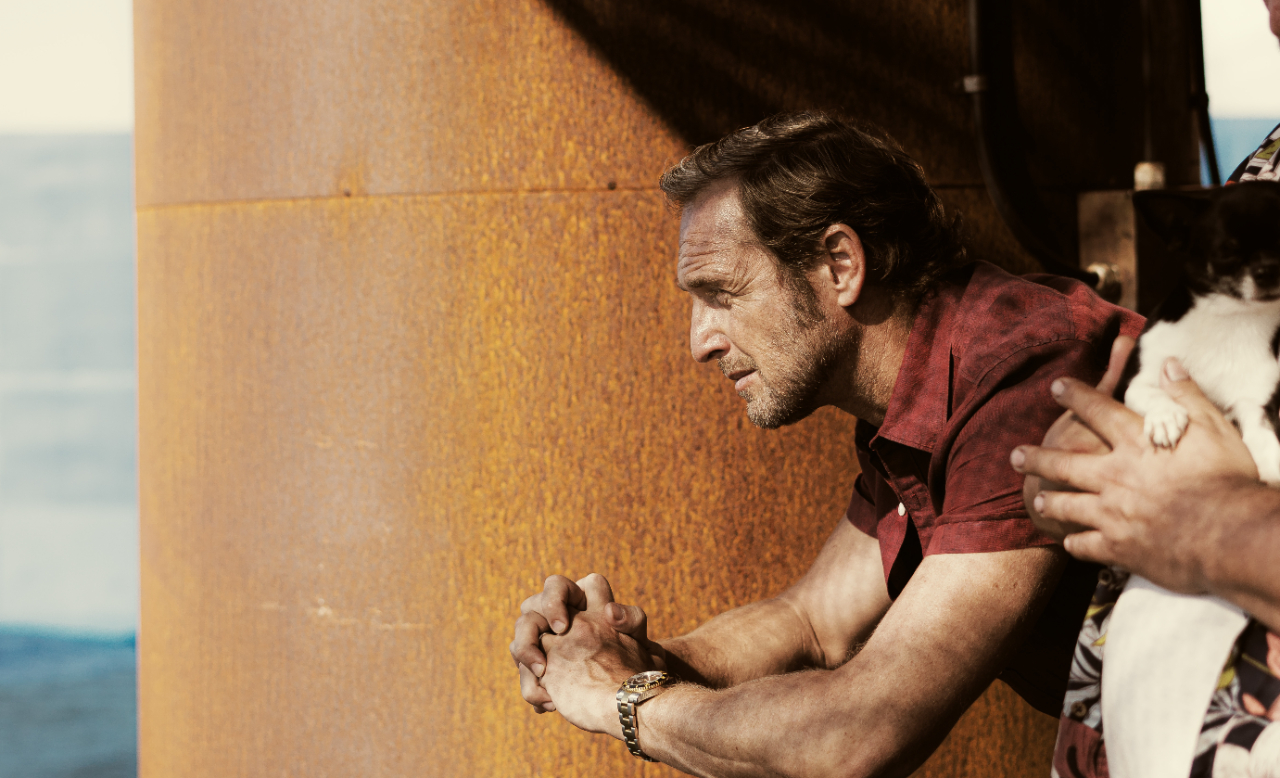
Written by Boise Esquerra and directed by Adrian Grünberg, The Black Demon is a horror thriller based on a true Mexican legend of El Demonio Negro, a monstrous shark-like creature that reaches lengths of over 50ft with a killer instinct. The megalodon beast is both feared and captivating lore, and this feature takes that piece of mythology and creates a terrifying tale from a story passed down for many generations.
Paul Sturges (Josh Lucas) is the safety officer for Nixon Oil and decides on a part work vacation with his family to the Baja coast where he can check in on an oil rig he’s not investigated for a very long time. With fond memories of times spent on the coast there in previous years, the family arrive at the resort and encounter nothing but hostility and a layer of violence, which then results in the entire family joining Paul on the derelict oil rig. Horror unfolds when the shark is woken by the boat arriving at the rig and its demonic power is unleashed. For Paul and his family, it’s a race against time to save them all, stop the rig from destruction, and protect the landscape that surrounds it.
The Upcoming had the pleasure of speaking to Lucas about his role in the film, shooting scenes underwater to keep things authentic and learning about the mythology behind the story that the director chose to run with.
What was it about the film The Black Demon that appealed to you? What drew you to this particular script?
I think any time we get a shark script across our desk, there’s have that moment of thinking about Jaws, one of the great classic horror films ever made, and you kind of know nothing’s going to stand up to that. Adrian, the director, I thought was a very interesting filmmaker. He definitely has a wild resume in terms of working with incredible filmmakers like Peter Weir, and he’s doing these really epic complicated movies like Apocalypto with Mel Gibson (he’s worked with Mel many times). He’s a really visceral, hands-on filmmaker, and he had these ideas about the shark being kind of a boogeyman or a demon that haunts the movie, but one you don’t really see at all, and that it has all these other elements, in terms of the politics and the cautionary tale and the idea of climate change, all sort of colliding with this god. I didn’t realise that, as he was a Mexican filmmaker, he was so interested in Tlaloc, and how in Mexico, before you ever have a wedding, or before you have anything outdoors, you say a prayer to the god Tlaloc for good weather. So he combined all these ideas with what is a true story, in that the fishermen of Baja Mexico have been haunted by this shark for hundreds of years and have a genuine fear of this thing that no one’s ever seen. So it had this kind of cauldron of ideas swarming together. It was just a very intriguing idea.
The film does a great job of portraying your character, Paul, as a very confident family man from the beginning, and the presentation of his idyllic family is prevalent right from the start. How did you approach your character?
What’s so interesting about him, what I really tried to wrap my head around, is the idea that – I don’t want to get into the politics of it all – both in America and all over the world really, there are these politicians or these corporate leaders that justify horrible actions, but in their real life, they might be someone who’s beloved in their community, they might actually be great parents, they might be coaches of the soccer team. They’re genuinely so conflicted, because, in their minds, they’re very good people, but they’re also doing something that is, frankly, very horrific at the same time. I think they’re able to justify it because they get to take care of their family. So that is part of the complicated nature of where Paul is: he’s such a dualistic character, right? I mean, he really loves his family and, as a thriller, the idea of this family being stuck in this situation and then knowing that you are the reason why it happened, I think is a very interesting thing to try and play and make it authentic. Also (although there’s no shark, obviously), what would happen to your kid if he went into the water and you knew that that thing was there? It’s fun to play but it’s also interesting to try and make it have a level of truth underneath it.
You have a great relationship on screen with Fernanda Urrejola, who plays your wife Ines. What was it like working on that dynamic together?
She’s such a cool actor. I think one of the things that was so surprising in this movie, is we had these filmmakers come together from all over the world. Fernanda is from Chile, the boy in the movie was from Mexico, the director and the director of photography were also from Mexico, and a bunch of people were from Colombia, Puerto Rico, Dominican Republic and Spain – it was a very strong Spanish-speaking group of filmmakers and actors primarily. And none of us were making a lot of money doing it. We were there because we were trying to make a movie that had a level of authenticity to it, that had a level of being more like a cool independent film than a shark horror movie. So [Fernanda] took it very seriously in that way, and we approached it – not like actors who were there to get a paycheck and to make a silly horror movie, because I think that’s part of the thing when you’re making those kinds of movies. It’s easy to just – I don’t wanna say phone it in, but we were attempting to more think about it like a domestic drama, if that makes sense.
What was it like filming in the water for this movie? I know you had experience shooting Poseidon, so you were already familiar with that kind of water disaster scenario, but what was this particular experience like?
Poseidon was really difficult to make because they flooded the stages at Warner Brothers and created these huge tanks. It’s a 150-year-old movie studio, and it was kind of gross, the water was terrible, everyone got sick, it was just a really difficult movie to make on so many levels. There was a huge budget to work with, but there was electricity underwater, and people were constantly getting hurt. This one was actually quite the opposite, where this tank in the Dominican Republic was actually built into the ocean. So there was a beauty to it or a natural kind of honesty: you’re outside, you’re in the ocean, even though you’re protected. A really cool thing happened, which the director of photography was telling me about. He was going there every morning around 4am, watching the sunrise, and he was seeing this tank that they built this oil rig inside. They never had a stationary object built inside of the rig before, it was always a boat, and so because of this, the ocean started to change this tank of metal and it started to come to life. There were all these little plankton and fish and little microorganisms, so all of the colours start to change on the metal. He started recording it and filming it and it literally came alive because normally the tank is super clean, obviously, in order to protect the actors and everything like that. In this way, they couldn’t keep it protected in the same way, but it started to take on its own life and you’d see when you were underwater at times little fish swim by and little jellyfish and all of it was literally coming to life as we were filming it. So it was very unusual and beautiful. It was the opposite of Poseidon in that way.
Aside from the adventure and drama of this film, there’s also an environmental undercurrent, isn’t there? It touches on the impact of oil rigs on communities and the contamination of landscapes. The shark seems to represent the idea of the environment biting back against pollution.
Well, I think part of it is what I was saying about the god Tlaloc, because Adrian has such an interesting mind he was really trying to combine these elements of the mythology, the fear that goes along with worshipping a god and the idea of the shark itself. It’s like, why are these fishermen, in this area of Baja for hundreds of years, terrified of this thing that they’ve actually never seen? There was a sense that’s real, right? That’s not something we invented. I even saw multiple interviews with these fishermen down there who say that they’ve seen it recently. So the idea is of…but did you see it? What did you see? There becomes this dreamlike or trance-like quality to the fear. It’s literally like, the boogeyman under the bed. It’s like, but did you actually see it? I mean, as a child, that’s part of the thing about our minds, is that we believe that we saw it. So he really wanted to take that idea and then throw in the fear of what’s happening from a climate change standpoint, and the fear of an angry god. In our world, we know those of us who have beliefs in gods and mythology, then you have these moments of superstition, too. It’s like athletes, for example, who have so much superstition and the moment that something changes for them they think, “Oh, I didn’t touch the bat three times”, that fear, that mix of being both in awe of the god – or in this case, nature – and its wrath. So, I think that was a very unusual approach to it. And I think it was an attempt to talk about something that is really going on that way, too.
Ezelle Alblas
The Black Demon is released digitally on demand on 19th June 2023 and on Blu-ray on DVD on 17th July 2023.
Watch the trailer for The Black Demon here:

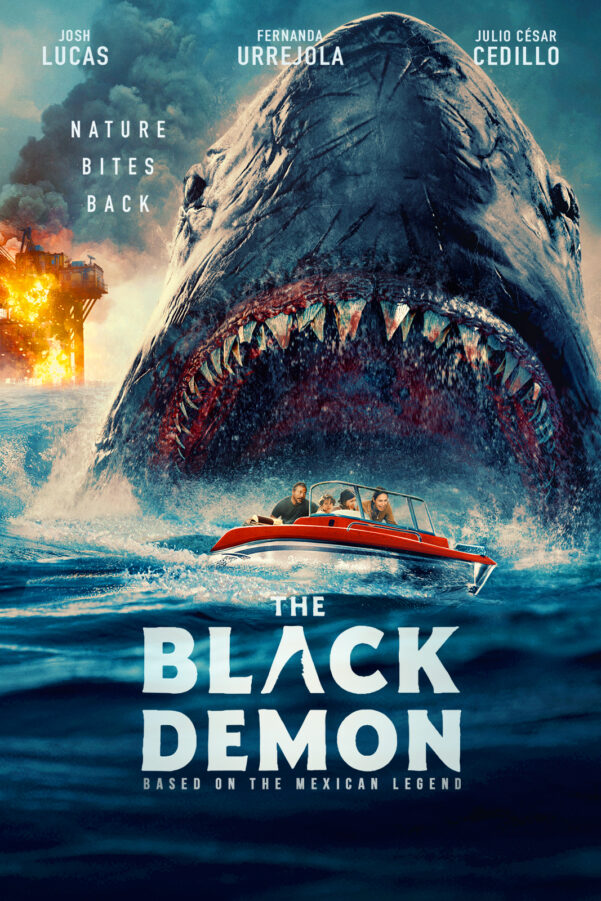
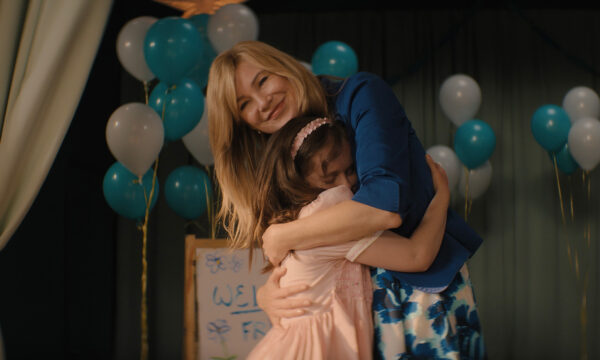
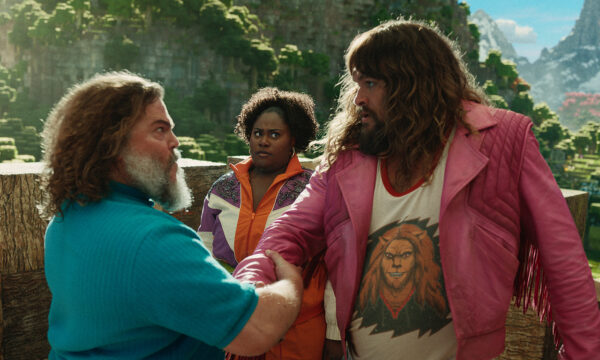
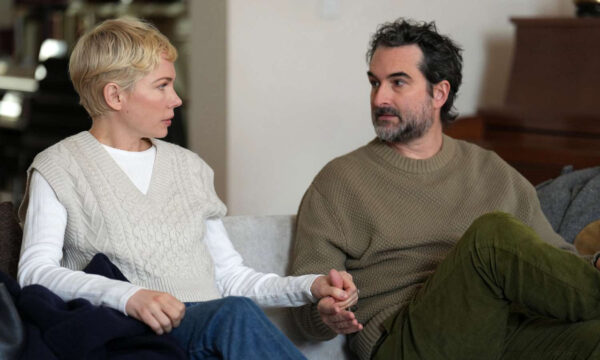
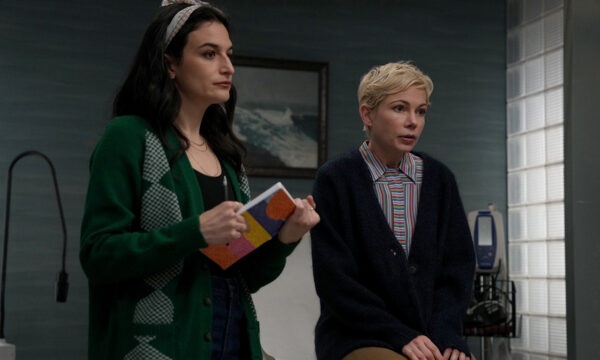
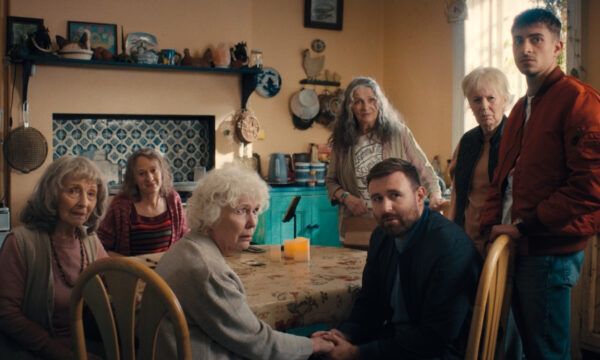
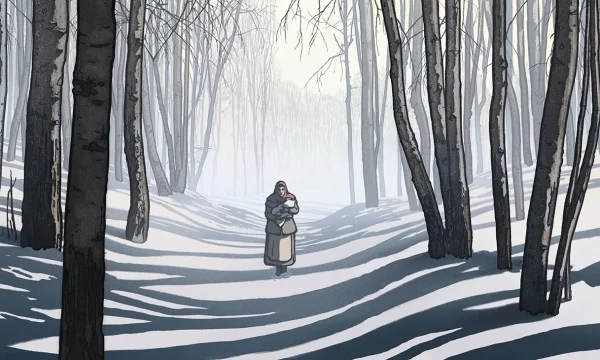
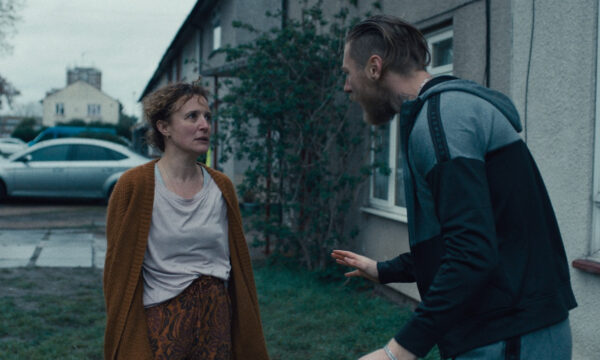
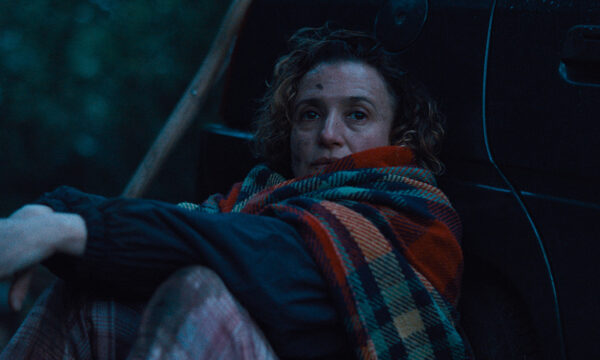









Facebook
Twitter
Instagram
YouTube
RSS